 "ttyymmnn" (ttyymmnn)
"ttyymmnn" (ttyymmnn)
07/26/2016 at 12:35 • Filed to: planelopnik, planelopnik history
 13
13
 28
28
 "ttyymmnn" (ttyymmnn)
"ttyymmnn" (ttyymmnn)
07/26/2016 at 12:35 • Filed to: planelopnik, planelopnik history |  13 13
|  28 28 |
Welcome to This Date in Aviation History , getting of you caught up on milestones, important historical events and people in aviation from July 23 - July 26.
!!! UNKNOWN CONTENT TYPE !!!
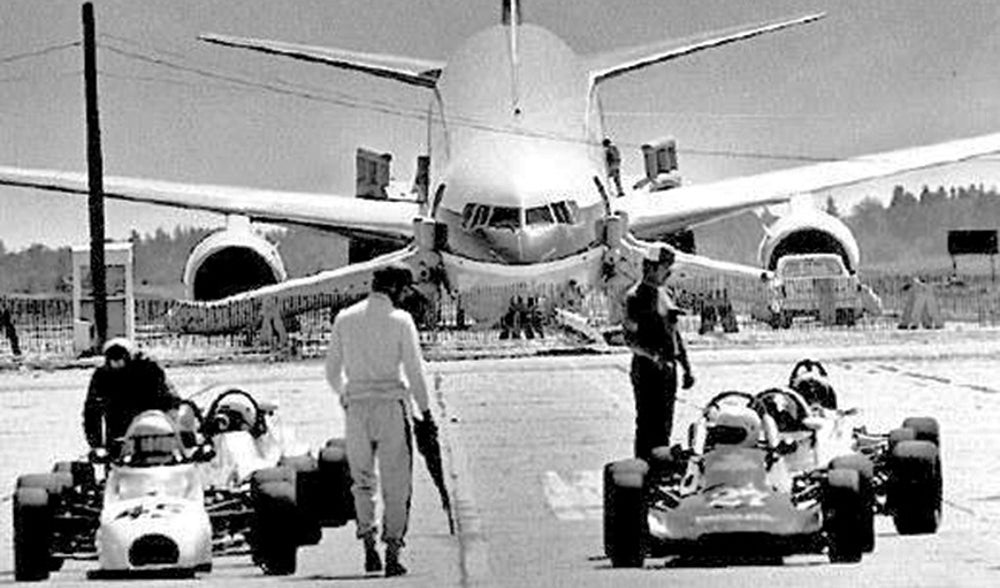
July 23, 1983 – Air Canada Flight 143 runs out of fuel over Manitoba. Whenever we go for a drive in the car, we rarely give the fuel gauge more than a passing glance. Even if the fuel level is low, we know that we can pull over at any convenient gas station and top up. Driving across the country requires a bit more attention, as gas stations can be spaced farther apart, and perhaps even a little bit of math might be involved to figure out if we’ll make the next town or if we need to fill up now. And even then, running out of gas on the road is generally more of an inconvenience than a life-and-death situation. But calculating the amount of fuel to put in a transcontinental airliner is a much more involved task, one that actually could be a matter of life and death. The pilots must make calculations for the weight of the aircraft at takeoff, taxiing time, the distance and altitude of the flight, the rate at which the fuel burns off, and they must also make sure that they have enough fuel in reserve if they have to divert to another airport. The vast majority of the time, the pilots get it right, with fuel to spare. But in the case of Air Canada Flight 143, which came to be known as the Gimli Glider, they got it completely wrong. Air Canada Flight 143 was a scheduled flight from Montreal to Edmonton when, at 41,000 feet, pilots Captain Robert Pearson and First Office Maurice Quintal were alerted to fuel pressure problem onboard their !!!error: Indecipherable SUB-paragraph formatting!!! (C-GAUN). Due to an electronic fault, the airliner’s fuel gauges weren’t working, but the pilots assumed that they had plenty of fuel based on the calculations made on the ground before the flight. In reality, they took off with half the amount of fuel necessary for the flight. Soon after the alarm, both engines had quit, the 767 lost all power and the majority of the instrument panels went dark. The pilots found themselves at the controls of world’s largest glider, a situation for which neither of them had ever trained. With the aid of ground controllers, the crew determined that their best option would be an emergency landing at !!!error: Indecipherable SUB-paragraph formatting!!! . However, the station was no longer active, and had been turned into a racetrack. And there was a race being held at the track at the time. The pilots performed a gravity drop of the landing gear, but the nose wheel failed to lock, and with no hydraulic power and limited electricity being generated by an external turbine, the pilots still managed to land safely at Gimli. A small fire in the nose of the aircraft was extinguished by race safety personnel at the scene, and all passengers and crew exited the plane safely, though some passengers were injured when the safety slides at the rear of the craft weren’t long enough to reach the ground. Investigators found that the fuel exhaustion was caused by a combination of miscommunication between the cockpit crew and maintenance personnel, fuel gauges that were disconnected or not functioning properly, and fuel calculations that had been made in pounds instead of kilograms. The latter factor came into play because Canada was in the process of switching from the Imperial to the metric system. For their role in the incorrect fuel calculation, Captain Pearson and FO Quintal were initially found to be partially at fault for the incident. Pearson was demoted for six months, and Quintal was suspended for two weeks. Maintenance personnel were also suspended. Despite these punitive measures, the flight crew was awarded the first ever !!!error: Indecipherable SUB-paragraph formatting!!! Diploma for Outstanding Airmanship in 1985, and FO Quintal was eventually promoted to captain.
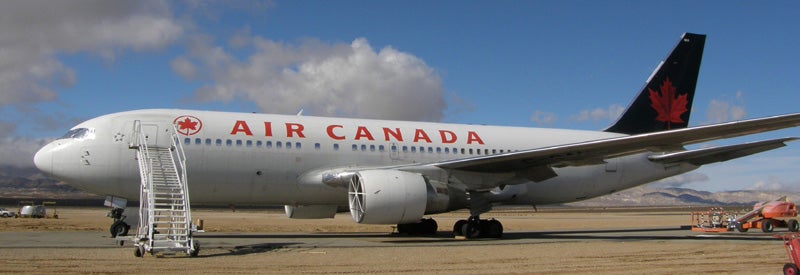
The Gimli Glider took its final flight on January 24, 2008 and was retired to storage in the Mojave Desert. When no buyers came forward to purchase the 767, it was dismantled, and aluminum from the plane was turned into
!!!error: Indecipherable SUB-paragraph formatting!!!
.
(Photo by Wayne Glowacki, Winnipeg Free Press; C-GAUN photo by Akradecki via
!!!error: Indecipherable SUB-paragraph formatting!!!
)
!!! UNKNOWN CONTENT TYPE !!!

July 25, 2000 – The crash of Air France Flight 4590. The first airplane flew past the speed of sound in 1947 and, for the next twenty years, supersonic flight was the realm of the military. But commercial aircraft designers eventually started to investigate the development of a supersonic airliner, work which would culminate in the !!!error: Indecipherable SUB-paragraph formatting!!! . In the 1950s, both England and France began developing their own SST, with the two countries eventually signing a treaty in 1962 to begin working together, an agreement that gave the aircraft its name. Ultimately, 20 Concordes were built, six of which were prototypes and used for development and testing. Of the remaining fourteen, Air France and British Airways each received seven. Following its introduction in 1976, Concorde flew regular routes from London’s Heathrow and Paris’ Charles de Gaulle to New York’s JFK Airport, Washington Dulles and Barbados. More cities would follow. Its four !!!error: Indecipherable SUB-paragraph formatting!!! afterburning turbojets provided a maximum cruising speed of Mach 2.04, and cut the flying time between transatlantic destinations in half when compared to traditional airliners. And, for most of its operational history, Concorde had a stellar safety record. Only twice had there been incidents that could have led to a crash. In 1989, a British Airways Concorde suffered a structural failure of the vertical stabilizer, followed by a similar failure on another British Airways Concorde in 1992. On both occasions, the airliner landed safely.
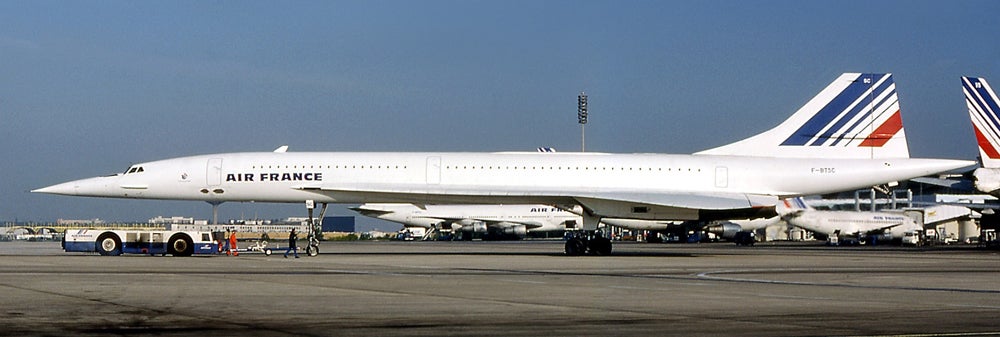
Air France Concorde F-BTSC in 1985
Only one Concorde ever crashed, but that fatal accident ultimately helped bring an end to all Concorde flights. That single tragic accident occurred on July 25, 2000 when Air France Flight 4590 (F-BTSC), a charter flight from Charles de Gaulle Airport in Paris to New York’s John F. Kennedy Airport, suffered a catastrophic fire on takeoff and crashed into a hotel near the airport, killing all 109 passengers and crew on board the airliner and 4 people on the ground. Following the crash, the official investigation was carried out by the
!!!error: Indecipherable SUB-paragraph formatting!!!
(BEA), which determined that the crash was caused by a punctured tire which was damaged by a strip of titanium alloy that was lying on the runway after falling from a Continental Airlines
!!!error: Indecipherable SUB-paragraph formatting!!!
which had departed ahead of Flight 4590. A large chunk of the damaged tire struck the wing and ruptured the fuel tank. As fuel poured from the tank, it was ignited by the engine, and led to the loss of the two port engines. Though the crew was able to restore power to one of the failed engines, the extra drag from the landing gear, which could not be retracted, and the reduced engine power on one side, caused a loss of control and the eventual crash. Continental Airlines, and one of its mechanics, were initially found guilty of involuntary manslaughter, but that ruling was overturned. During the trial, however, witnesses questioned the official BEA explanation, saying that a wheel spacer had not been installed on the left landing gear, and that the plane actually caught fire some 1,000 feet prior to passing the metal dropped by the Continental DC-10. The official explanation remained unchanged, though. As a result of the crash, all Concordes were grounded until safety upgrades could be made. Electronic controls were made more secure, the fuel tanks were lined with Kevlar to help shield them from debris, and special burst-resistant tires were fitted to the remaining airliners. After a 14-month hiatus, Concorde flights resumed, but low passenger numbers and a drop in air travel following the terrorist attacks of September 11, 2001, as well as rising maintenance costs, led to the Concorde’s complete retirement in November 2003.
(Accident photo by Toshihiko Sato; F-BTSC photo by Michel Gilliand via
!!!error: Indecipherable SUB-paragraph formatting!!!
)
!!! UNKNOWN CONTENT TYPE !!!
Short Take Off
!!! UNKNOWN CONTENT TYPE !!!
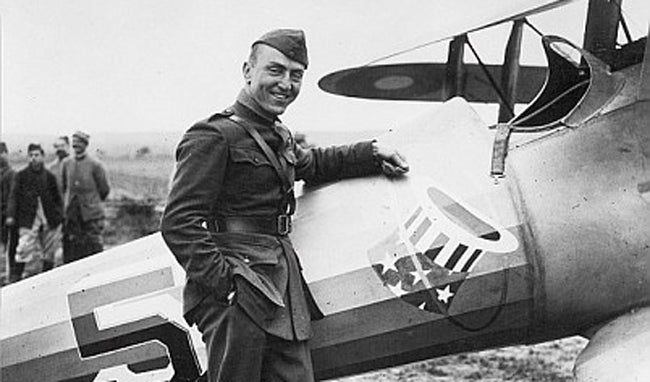
July 23, 1973 – The death of Eddie Rickenbacker. Born on October 8, 1890 in Columbus, Ohio, Rickenbacker was America’s leading ace in WWI and a recipient of the !!!error: Indecipherable SUB-paragraph formatting!!! . Rickenbacker served in the !!!error: Indecipherable SUB-paragraph formatting!!! , nicknamed the “Hat-in-the-Ring” squadron, where he flew French-made !!!error: Indecipherable SUB-paragraph formatting!!! and !!!error: Indecipherable SUB-paragraph formatting!!! fighters and finished the war with 26 confirmed victories. Rickenbacker eventually commanded the 94th, and after the war he started the short-lived !!!error: Indecipherable SUB-paragraph formatting!!! in 1920. But Rickenbacker made his greatest contribution to aviation as the head of !!!error: Indecipherable SUB-paragraph formatting!!! from 1938 until his retirement in 1963. Rickenbacker died of a stroke in 1973. (Photo author unknown)
!!! UNKNOWN CONTENT TYPE !!!
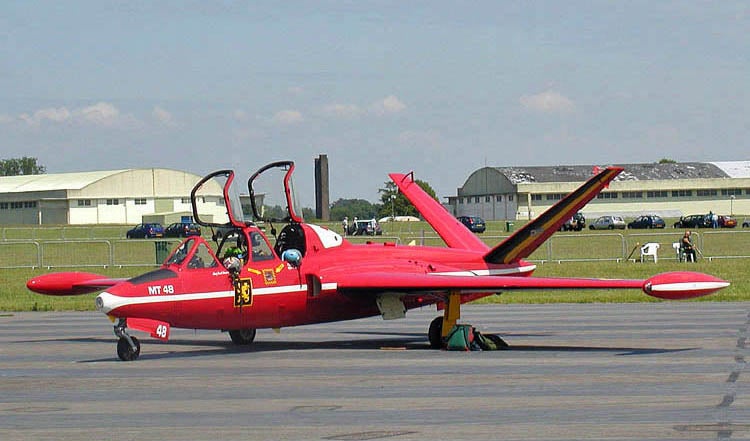
July 23, 1952 – The first flight of the Fouga CM.170 Magister, a jet-powered trainer built for the French Armée de l’Air to replace the !!!error: Indecipherable SUB-paragraph formatting!!! . The world’s first purpose-built jet trainer to enter production, the Magister is a straight-wing monoplane with a distinctive V-shaped tail, a design element that Fouga borrowed from its !!!error: Indecipherable SUB-paragraph formatting!!! glider. Fouga also produced a naval version for the French Navy, the CM.175 Zéphyr, which was used as the primary trainer for pilots learning carrier operations. Widely exported and also built under license by then-West Germany, Finland and Israel, a total of 929 CM.170s were produced. The Magister also operated as a light attack aircraft, and could be armed with two machine guns and up to 310 pounds of external ordnance. (Photo by Arpingstone)
!!! UNKNOWN CONTENT TYPE !!!
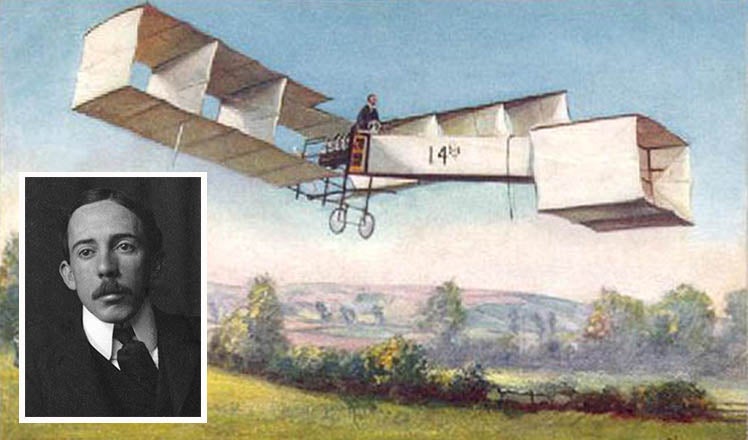
July 23, 1932 – The death of Alberto Santos-Dumont, a Brazilian aviation pioneer and one of the early inventors of aircraft in France. Santos-Dumont got his start in aviation with ballooning and dirigibles, then constructed his first aircraft, the !!!error: Indecipherable SUB-paragraph formatting!!! , in which he made the first heavier-than-air flight in Europe in 1906. His final aircraft, the !!!error: Indecipherable SUB-paragraph formatting!!! monoplane, became the world’s first production airplane. A national hero in his homeland, where he is considered the “father of flight,” Santos-Dumont committed suicide by hanging himself. He was said to be depressed over his multiple sclerosis, and also upset over the use of aircraft as a weapon of war in São Paolo’s !!!error: Indecipherable SUB-paragraph formatting!!! . Santos-Dumont was 59 years old. (Postcard artist unknown; Santos-Dumont photo via US Library of Congress)
!!! UNKNOWN CONTENT TYPE !!!

July 23, 1930 – The death of Glenn Curtiss. Though often eclipsed in history books by the !!!error: Indecipherable SUB-paragraph formatting!!! , Glenn Curtiss was one of America’s greatest aviation pioneers, and has been credited with the creation of the American aviation industry. Among Curtiss’ credits are the first officially witnessed flight in North America, victory at the world’s first international air meet in France, and the first long-distance flight in the US. Curtiss also provided the US Navy with its first aircraft, the !!!error: Indecipherable SUB-paragraph formatting!!! , in 1911, heralding the birth of US Naval Aviation. Curtiss’ contributions to military aviation in both World Wars are !!!error: Indecipherable SUB-paragraph formatting!!! to mention here, but some of the most important aircraft built by him or his company include the !!!error: Indecipherable SUB-paragraph formatting!!! biplane, the !!!error: Indecipherable SUB-paragraph formatting!!! and !!!error: Indecipherable SUB-paragraph formatting!!! , the !!!error: Indecipherable SUB-paragraph formatting!!! , and the !!!error: Indecipherable SUB-paragraph formatting!!! . (Photo author unknown)
!!! UNKNOWN CONTENT TYPE !!!
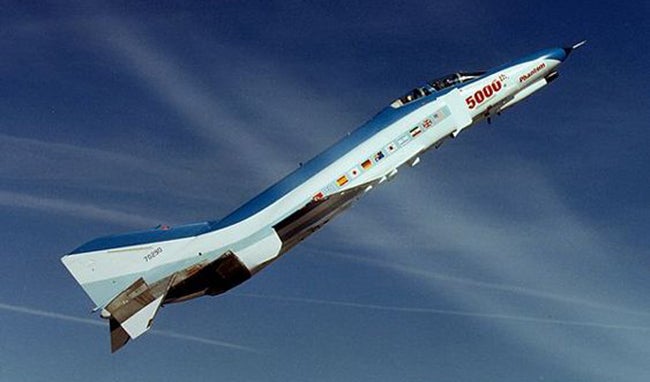
July 24, 1978 – McDonnell Douglas completes the 5,000th F-4 Phantom II. One of the iconic aircraft of the Cold War Era, the !!!error: Indecipherable SUB-paragraph formatting!!! entered service in 1960 with the US Navy and would eventually be one of the few fighters to serve in the Navy, US Marine Corps and US Air Force. Production of the two-seat all-weather interceptor/fighter-bomber began in 1958 and, by the time production ended in 1981, a total of 5,195 were built to serve the US military and 11 export nations. The F-4G !!!error: Indecipherable SUB-paragraph formatting!!! electronic warfare variant served as late as 1991 in the Gulf War and, following the Phantom’s retirement from US service in 1996, remaining F-4s were converted to QF-4 target drones. (Photo author unknown)
!!! UNKNOWN CONTENT TYPE !!!
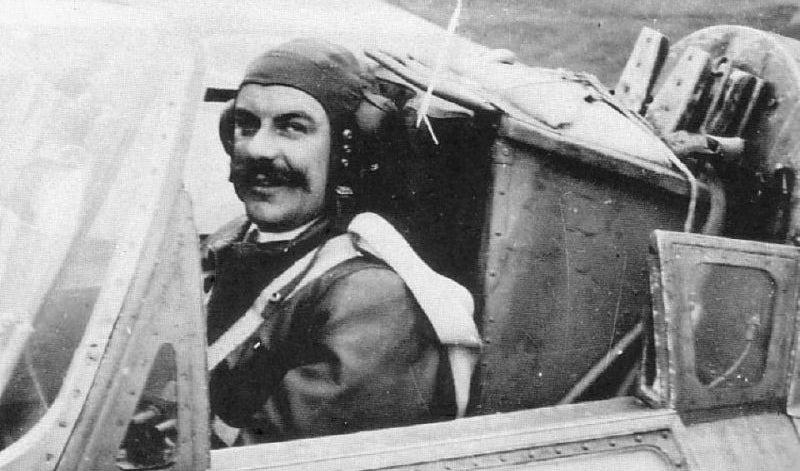
July 24, 1946 – Bernard Lynch becomes the first person to be ejected from an airplane.
When
!!!error: Indecipherable SUB-paragraph formatting!!!
died in an aviation accident in 1942, it spurred his business parter
!!!error: Indecipherable SUB-paragraph formatting!!!
to begin work on the first production ejection seat. In 1944, the RAF Air Staff approached Martin to develop an escape system for their new jet-powered fighters. Martin designed a seat that was launched out of the aircraft using an explosive charge and, after numerous tests on the ground over the course of a year,
!!!error: Indecipherable SUB-paragraph formatting!!!
employee Bernard Lynch was successfully ejected from a
!!!error: Indecipherable SUB-paragraph formatting!!!
flying at 8,000 ft. Fortunately for Lynch, the seat performed flawlessly, and Martin-Baker is making ejection seats to this day.
(Photo author unknown)
!!! UNKNOWN CONTENT TYPE !!!
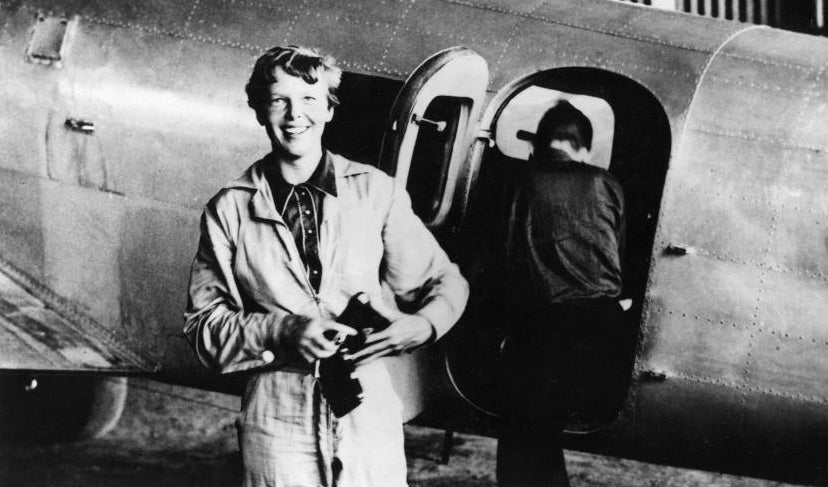
July 24, 1897 – The birth of Amelia Earhart. Born in Atchison, Kansas, Amelia Earhart holds a significant place in the annals of American aviation history, as she was not only a pioneering aviator but also a pioneer in the expansion of societal roles for women in general. Earhart took her first flying lessons in 1921, and set her first world altitude record the next year. In 1928, she was the first woman to cross the Atlantic by plane, albeit as a passenger, but made her own transatlantic solo flight in 1932, a feat for which she received the !!!error: Indecipherable SUB-paragraph formatting!!! . Earhart set numerous other flying records, but disappeared over the Pacific Ocean with her navigator, !!!error: Indecipherable SUB-paragraph formatting!!! , while attempting a circumnavigation of the globe in 1937. (Photo author unknown)
!!! UNKNOWN CONTENT TYPE !!!
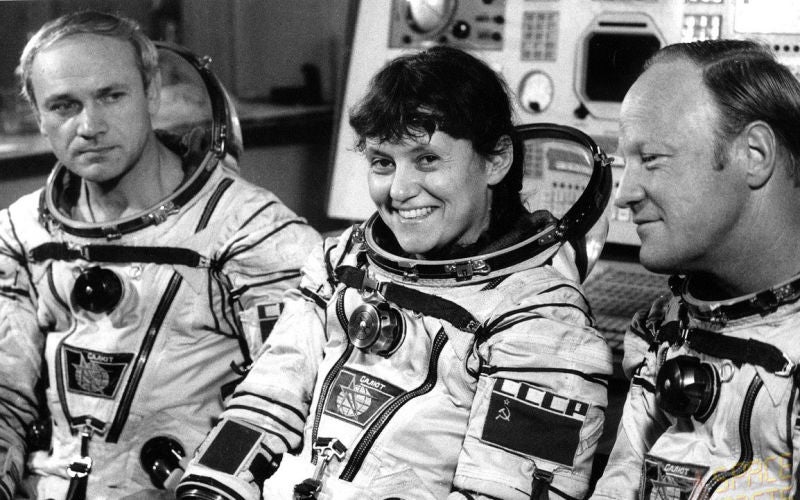
July 25, 1984 – Cosmonaut Svetlana Savitskaya becomes the first woman to perform a space walk. Beginning her career as a pilot, Savitskaya set 18 international world records flying MiG fighters and another 3 records in team parachute jumping before beginning her training as a cosmonaut in 1980. She went to space for the first time in 1982 onboard the !!!error: Indecipherable SUB-paragraph formatting!!! mission, becoming the second woman in space. On her second trip to space, she performed an !!!error: Indecipherable SUB-paragraph formatting!!! outside of the !!!error: Indecipherable SUB-paragraph formatting!!! space station, spending over 3 hours in space tethered to the station. Savitskaya was twice awarded the title !!!error: Indecipherable SUB-paragraph formatting!!! , her nation’s highest honor. She retired from the Russian Air Force in 1993 with the rank of Major. (Photo author unknown)
!!! UNKNOWN CONTENT TYPE !!!
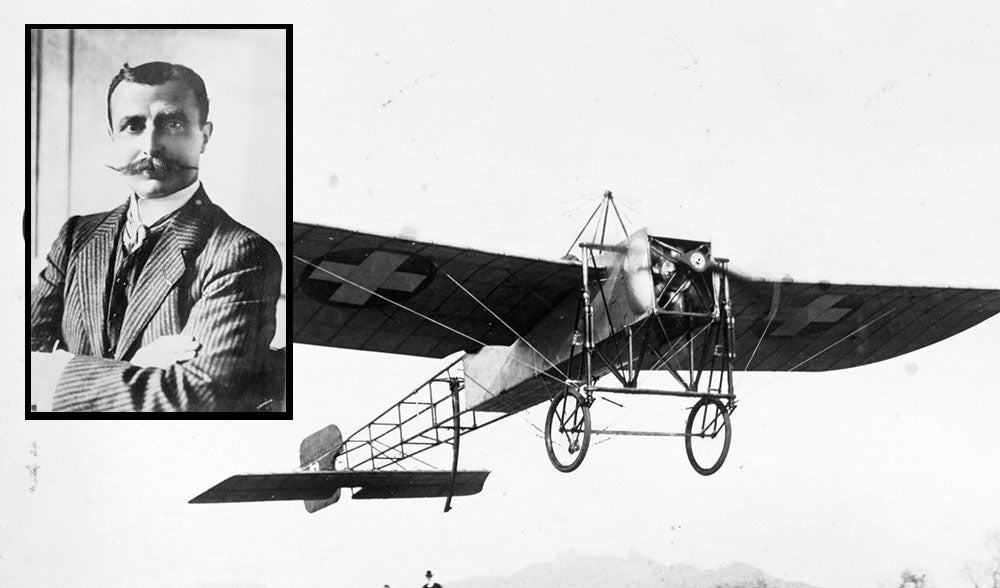
July 25, 1909 – French pilot Louis Blériot becomes the first person to fly across the English Channel.
Blériot was one of the pioneering French aviators in the early days of powered flight, and he set numerous records for flight and formed his own aircraft manufacturing company. The English Channel was seen as one of the great obstacles in the early days of powered flight, and Blériot’s greatest fame came when he took off from France and flew his
!!!error: Indecipherable SUB-paragraph formatting!!!
monoplane, powered by a 25-horsepower, 3-cylinder Anzani motor, across the Channel. After a 36 minute flight, Blériot landed hard in England, damaging his aircraft. Fortunately, Blériot was unhurt, and he claimed a £1,000 prize for being the first to make the crossing.
(Type XI photo author unknown; Blériot photo via US Library of Congress)
!!! UNKNOWN CONTENT TYPE !!!

July 26, 1998 – The first flight of the Scaled Composites Proteus, a tandem-wing high-altitude research aircraft developed by !!!error: Indecipherable SUB-paragraph formatting!!! to investigate the use of aircraft as telecommunications relays. The composite aircraft has a 77-foot wingspan that can be increased to 92 feet for high-altitude flight, and holds world records for altitude, setting a record of 63,245 feet in October 2000. One aircraft has been built, and it has carried out numerous experiments in coordination with NASA and the !!!error: Indecipherable SUB-paragraph formatting!!! (DARPA). (NASA photo)
!!! UNKNOWN CONTENT TYPE !!!

July 26, 1958 – The death of US Air Force test pilot Iven Carl Kincheloe, Jr. Kinchloe was a test pilot, aeronautical engineer and double ace in the Korean War, as well as a recipient of the !!!error: Indecipherable SUB-paragraph formatting!!! and !!!error: Indecipherable SUB-paragraph formatting!!! . Kinchloe was born in Detroit, Michigan in 1928 and, after his military career, he became a test pilot for the US Air Force’s !!!error: Indecipherable SUB-paragraph formatting!!! of fighter aircraft. Whle piloting a !!!error: Indecipherable SUB-paragraph formatting!!! , Kincheloe was the first pilot to exceed 100,000 feet of altitud, receiving credit as the first man to enter outer space and earning the nickname “America’s No. 1 Spaceman.” Kinchloe was killed when he failed to eject from his crippled !!!error: Indecipherable SUB-paragraph formatting!!! during a flight over Edwards AFB in California. (US Air Force photo)
!!! UNKNOWN CONTENT TYPE !!!
Recent Aviation History Posts
!!! UNKNOWN CONTENT TYPE !!!
!!! UNKNOWN CONTENT TYPE !!!
!!! UNKNOWN CONTENT TYPE !!!
!!! UNKNOWN CONTENT TYPE !!!
If you enjoy these Aviation History posts, please let me know in the comments. And if you missed any of the past articles, you can find them all at !!!error: Indecipherable SUB-paragraph formatting!!! .
!!! UNKNOWN CONTENT TYPE !!!
 Jcarr
> ttyymmnn
Jcarr
> ttyymmnn
07/26/2016 at 12:40 |
|
Such a shame that the Gimli Glider didn’t make it to a museum somewhere.
 RamblinRover Luxury-Yacht
> ttyymmnn
RamblinRover Luxury-Yacht
> ttyymmnn
07/26/2016 at 12:51 |
|
Eddie was a legend. See also how he got into flying in the first place (emergency repair of a superior officer’s Packard), and the time he got stuck in a raft in the Pacific...
An interesting note about Santos-Dumont:
Those Magnificent Men In Their Flying Machines
’ production crew built an accurate replica of his
Demoiselle
for the French pilot character, but couldn’t get enough lift to take off - the plane was simply too small. Santos-Dumont himself was remarkably slight. All flying scenes of the
Demoiselle
in the movie were filmed by a female stunt pilot much closer to Santos-Dumont’s size.
 Smallbear wants a modern Syclone, local Maple Leafs spammer
> ttyymmnn
Smallbear wants a modern Syclone, local Maple Leafs spammer
> ttyymmnn
07/26/2016 at 12:56 |
|
Came to see if that was the Gimli Glider. Leaving pleased with myself.
 HammerheadFistpunch
> ttyymmnn
HammerheadFistpunch
> ttyymmnn
07/26/2016 at 12:58 |
|
Is it strange that I have an irrational hatred for the F4? I can’t figure out why I don’t like it, but I really don’t.
 Smallbear wants a modern Syclone, local Maple Leafs spammer
> HammerheadFistpunch
Smallbear wants a modern Syclone, local Maple Leafs spammer
> HammerheadFistpunch
07/26/2016 at 13:00 |
|
Something to do with “If a plane looks right it’ll fly right”?
 facw
> HammerheadFistpunch
facw
> HammerheadFistpunch
07/26/2016 at 13:08 |
|
Triumph of thrust over aerodynamics?
 HammerheadFistpunch
> facw
HammerheadFistpunch
> facw
07/26/2016 at 13:10 |
|
maybe part of it.
 facw
> ttyymmnn
facw
> ttyymmnn
07/26/2016 at 13:10 |
|
Yay ejections!

 facw
> ttyymmnn
facw
> ttyymmnn
07/26/2016 at 13:18 |
|
Best Concorde livery:
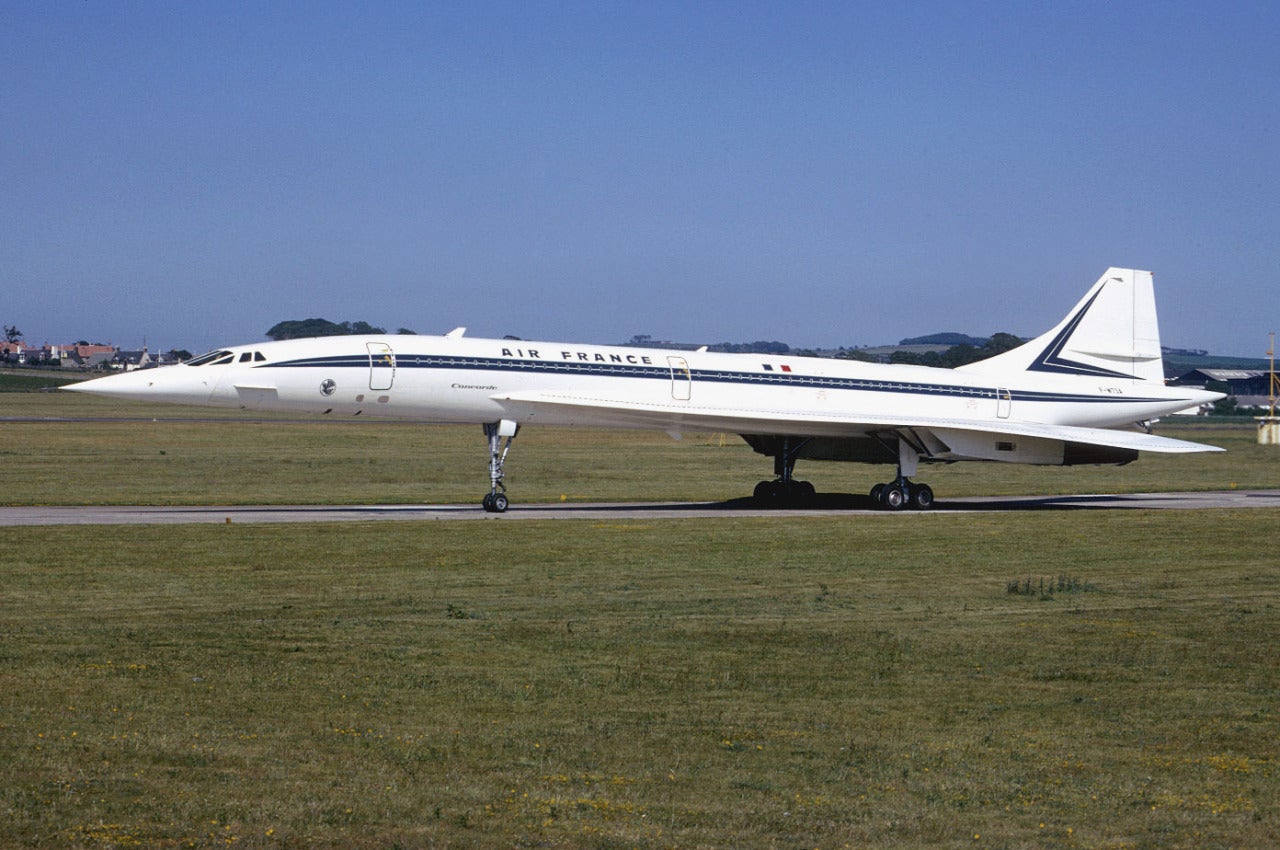
 facw
> Jcarr
facw
> Jcarr
07/26/2016 at 13:23 |
|
Yeah, but widebody jets are big (and thus hard to display), and worth a lot as a scrap, and so difficult to save. So you can understand why it was tough to pull off. Frankly it’s impressive it was returned to flight, must have been a huge undertaking to inspect after the hard landing (but I guess worth it, especially when the 767 was a fairly new airliner).
 Clemsie McKenzie
> ttyymmnn
Clemsie McKenzie
> ttyymmnn
07/26/2016 at 13:27 |
|
Ah, the Concorde. Went in the cockpit of one as a kid, at an airshow. What a magnificent piece of human achievement.
 MonkeePuzzle
> ttyymmnn
MonkeePuzzle
> ttyymmnn
07/26/2016 at 13:45 |
|
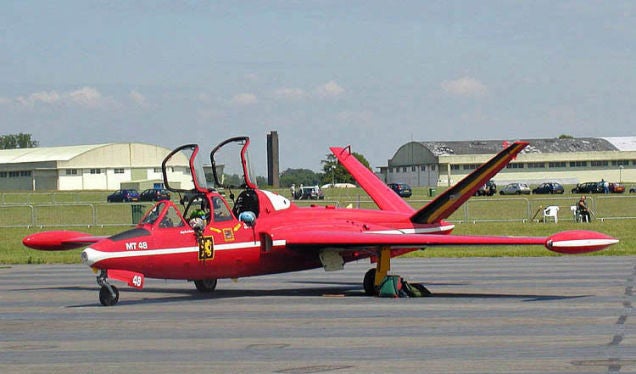
so low when its on the ground. and that funky tail, and basically invisibly engines, that thing is just cool.
 Amoore100
> Smallbear wants a modern Syclone, local Maple Leafs spammer
Amoore100
> Smallbear wants a modern Syclone, local Maple Leafs spammer
07/26/2016 at 14:04 |
|
Literally my feelings exactly.
 RallyWrench
> facw
RallyWrench
> facw
07/26/2016 at 14:17 |
|
This is what I was going to say, well done. Even when I built models of F4s as a kid, I always thought it looked a little broken.
 Short-throw Granny Shifter is 2 #blessed 2b stressed
> HammerheadFistpunch
Short-throw Granny Shifter is 2 #blessed 2b stressed
> HammerheadFistpunch
07/26/2016 at 15:09 |
|
It’s a funny looking jet; the dihedral wings set at two different angles, the downward sloping nose, the droopy tale, it is a product of the awkward transition from the sleek early jet-age to the cold war functionalist design philosophy. To me, it looks like a land speed record car with a pair of wings strapped on.
The Mig-21 appeared considerably sleeker, and the Mig-23 looked more contemporary than the F-4. Then again, I don’t think the government puts “cool looking” as a requirement on the requisition.
 facw
> ttyymmnn
facw
> ttyymmnn
07/26/2016 at 15:11 |
|
Nice of Boeing to put Israel and Iran (pre-revolution of course) right next to each other on that F-4
 sunnydaysam
> ttyymmnn
sunnydaysam
> ttyymmnn
07/26/2016 at 16:21 |
|
‘but the pilots assumed that they had plenty of fuel...’
‘Assumption is the mother of all f-ups in an airplane.’ My old instructor told me that. He taught me during pre-flight to remove the fuel caps and stick my finger in the tanks to make sure the fuel was there even when the gauges showed Full. I’ve never worried about getting killed in an airplane but if I do, I don’t want it to be something as dumb as running out of gas. Gas is the cheapest insurance you can buy.
 sunnydaysam
> ttyymmnn
sunnydaysam
> ttyymmnn
07/26/2016 at 16:35 |
|
I read a biography of Santos-Dumont and he was truly one interesting guy. I loved that he could cruise around Paris in his dirigible, tie up at a mast that he installed at his favorite coffee shop, climb down a rope ladder, have coffee and then go tool around the Eiffel Tower. there were no airspace rules then. In fact, aviation was so new there were no rules at all. Must have been a wonderful time to be an aviator.
 e36Jeff now drives a ZHP
> Short-throw Granny Shifter is 2 #blessed 2b stressed
e36Jeff now drives a ZHP
> Short-throw Granny Shifter is 2 #blessed 2b stressed
07/26/2016 at 17:45 |
|
While I never looked at the F-4 as pretty, I’ve always thought the Mig-21 was ugly, along with most Mig’s before it. The -23 was OK looking, as was the -25, but the -29...that is a beautiful plane right there.
The F-4 to me always looked like it was designed with function-over-form, which I am usually OK with from an aesthetics standpoint.
 ttyymmnn
> sunnydaysam
ttyymmnn
> sunnydaysam
07/26/2016 at 18:10 |
|
A wonderful time, yes, but the survival rate wasn’t very high.
 ttyymmnn
> MonkeePuzzle
ttyymmnn
> MonkeePuzzle
07/26/2016 at 18:13 |
|
Low, you say? Actually, it has invisible landing gear.
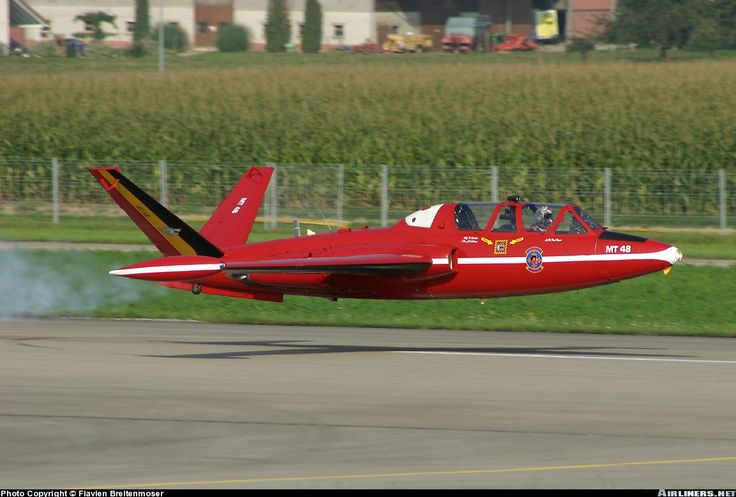
 ttyymmnn
> Clemsie McKenzie
ttyymmnn
> Clemsie McKenzie
07/26/2016 at 18:17 |
|
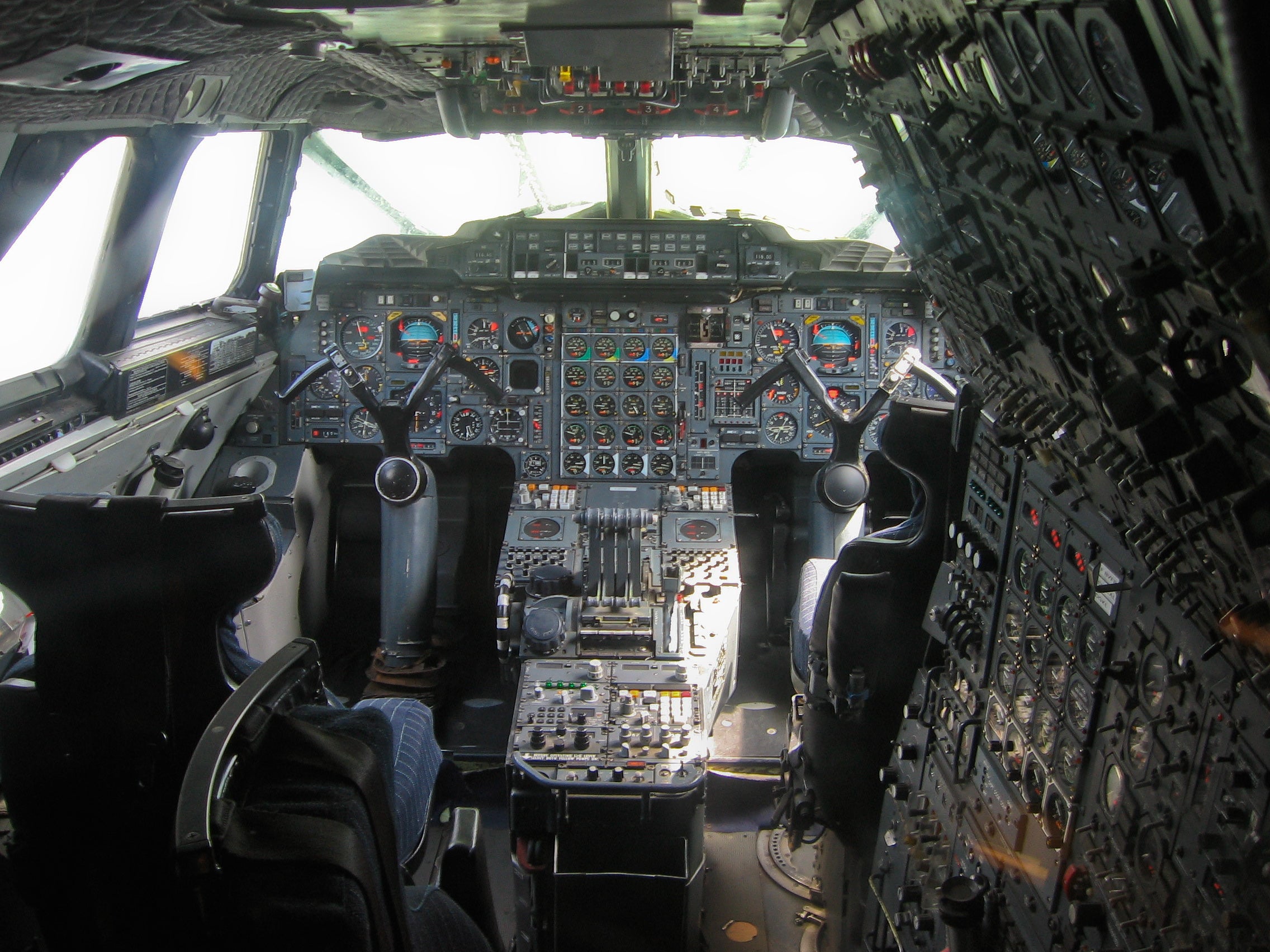
Looks more like the Apollo Command Module than an airplane.
 ttyymmnn
> facw
ttyymmnn
> facw
07/26/2016 at 18:19 |
|
I think just about any aircraft looks better in a retro livery.
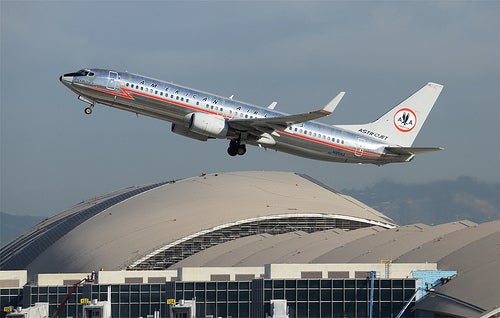
 ttyymmnn
> facw
ttyymmnn
> facw
07/26/2016 at 18:21 |
|
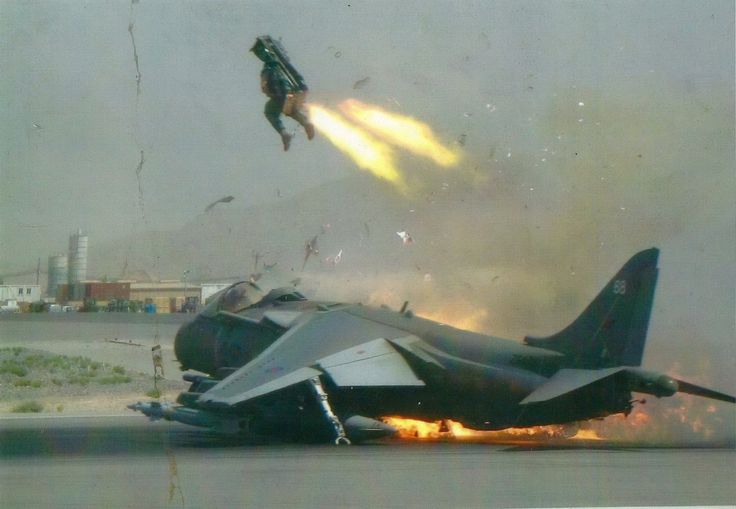
 ttyymmnn
> HammerheadFistpunch
ttyymmnn
> HammerheadFistpunch
07/26/2016 at 18:22 |
|
It certainly isn’t an attractive aircraft in an aesthetic sense. But I think as an aircraft that represents its era, there isn’t much of a better choice.
 ttyymmnn
> RamblinRover Luxury-Yacht
ttyymmnn
> RamblinRover Luxury-Yacht
07/26/2016 at 18:24 |
|
Interesting. Maybe I should go back and watch that movie.
 facw
> ttyymmnn
facw
> ttyymmnn
07/26/2016 at 18:25 |
|
Wheeeeeee! (We’ll ignore that a zero/zero seat doesn’t mean you get to land with all your limbs unbroken if you actually have to use it at zero.)
 ttyymmnn
> Jcarr
ttyymmnn
> Jcarr
07/26/2016 at 18:26 |
|
Last flyby of the Gimli Glider. There’s video somewhere of it being flown out of Gimli after the repairs.